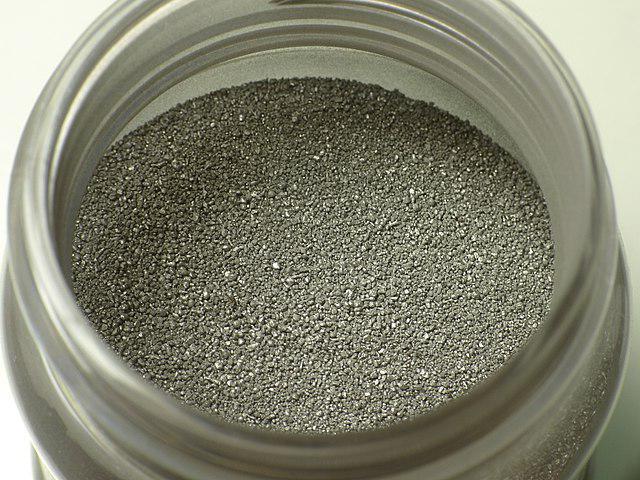Iron compounds. Iron: physical and chemical properties
The first products of iron and its alloys wereThey were found during excavations and date back to around 4 millennium BC. That is, even the ancient Egyptians and Sumerians used the meteorite deposits of this substance to make jewelry and household items, as well as weapons.

Today, iron compounds of various types, andalso pure metal - these are the most common and used substances. No wonder the twentieth century was considered iron. After all, before the advent and wide distribution of plastic and related materials, this connection was of decisive importance for man. What this element is and what substances it forms, we will consider in this article.
The chemical element of iron
If we consider the structure of an atom, we must first of all indicate its locations in the periodic table.
- The serial number is 26.
- The period is the fourth big one.
- The group is the eighth, the subgroup is secondary.
- The atomic weight is 55.847.
- The structure of the outer electron shell is denoted by the formula 3d64s2.
- The symbol of the chemical element is Fe.
- The name is iron, the reading in the formula is ferrum.
- In nature, there are four stable isotopes of the element under consideration with mass numbers 54, 56, 57, 58.
The chemical element of iron also has about 20 different isotopes that are not distinguished by stability. The possible oxidation states a given atom can exhibit:
- 0;
- +2;
- +3;
- +6.
Important is not only the element itself, but also its various compounds and alloys.
Physical properties
As a simple substance, iron physical propertieshas a pronounced metallism. That is, it is a silvery white with a gray hue of metal, which has a high degree of ductility and plasticity and a high melting and boiling point. If we consider the characteristics in more detail, then:
- melting point 1539 0FROM;
- boiling point - 2862 0FROM;
- activity - average;
- high refractoriness;
- exhibits pronounced magnetic properties.
Depending on the conditions and different temperatures, there are several modifications that make up iron. Their physical properties differ from the fact that the crystal lattices differ.
- The alpha-form, or ferrite, exists up to a temperature of 769 0FROM.
- From 769 to 917 0C - beta form.
- 917-1394 0C is the gamma form, or austenite.
- More than 1394 0C is sigma-iron.
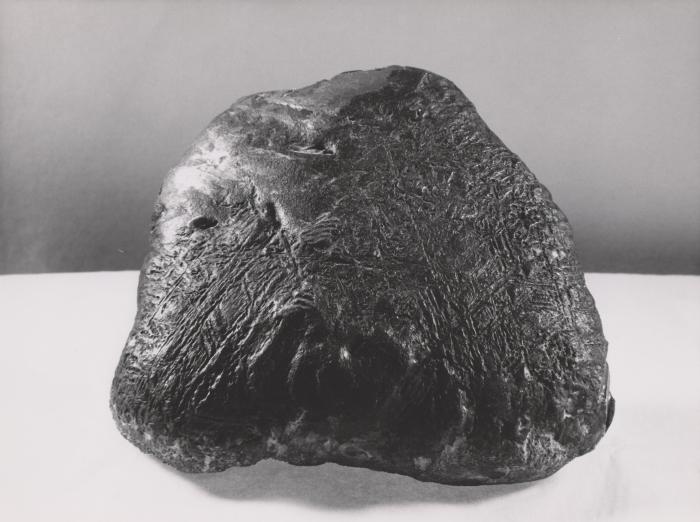
All modifications have different types of crystal lattice structure, and also differ in magnetic properties.
Chemical properties
As mentioned above, a simple iron substanceexhibits average chemical activity. However, in a finely dispersed state, it is capable of self-igniting in air, and in pure oxygen, the metal itself burns.
Corrosivity is high, so alloys of this substance are coated with doping compounds. Iron is able to interact with:
- acids;
- oxygen (including air);
- gray;
- halogens;
- when heated - with nitrogen, phosphorus, carbon and silicon;
- with salts of less active metals, restoring them to simple substances;
- with sharp water vapor;
- with iron salts in oxidation state +3.
It is obvious that in manifesting such activity, metalit is able to form various compounds, diverse and polar in properties. This is what happens. Iron and its compounds are extremely diverse and find application in the most diverse branches of science, technology, and industrial activity of man.
Distribution in nature
Natural iron compounds are fairly commonoften, because it is the second most common element on our planet after aluminum. In this pure metal is extremely rare, in the composition of meteorites, which speaks of its large clusters in space. The main mass is contained in the composition of ores, rocks and minerals.
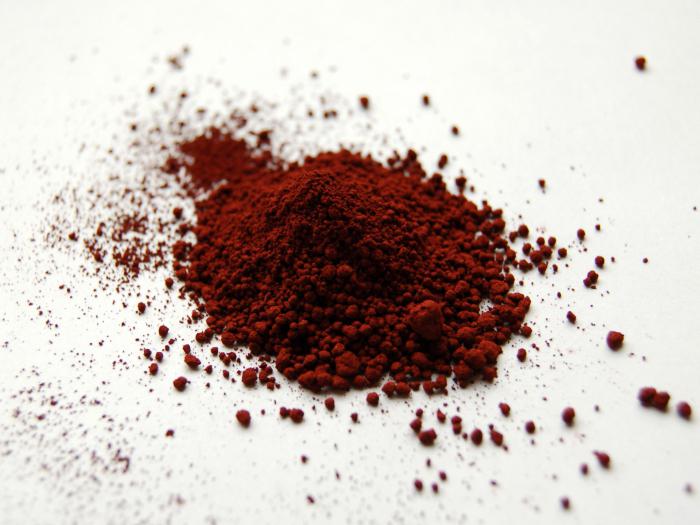
If we talk about the percentage content of the element in question in nature, the following figures can be cited.
- The core of the terrestrial planets is 90%.
- In the earth's crust, 5%.
- In the mantle of the Earth - 12%.
- In the Earth's core - 86%.
- In the river water - 2 mg / l.
- In sea and ocean - 0,02 mg / l.
The most common iron compounds form the following minerals:
- magnetite;
- limonite or brown iron ore;
- vivianite;
- pyrrhotite;
- pyrite;
- siderite;
- marcasite;
- lellingitis;
- misikel;
- milanterite and others.
This is not a complete list, because theirreally very much. In addition, various alloys that are created by man are widely distributed. These are also such compounds of iron, without which it is difficult to imagine the modern life of people. There are two main types:
- cast irons;
- become.
Also, iron is a valuable additive in the composition of many nickel alloys.
The compounds of iron (II)
These include those in which the oxidation state of the forming element is +2. They are quite numerous, because they include:
- oxide;
- hydroxide;
- binary connections;
- complex salts;
- complex compounds.
Formulas of chemical compounds in which iron exhibits this degree of oxidation are individual for each class. Consider the most important and common ones.
- Iron oxide (II). The powder is black, it does not dissolve in water. The nature of the connection is basic. It is able to quickly oxidize, however it can also be easily restored to a simple substance. It dissolves in acids, forming the corresponding salts. The formula is FeO.
- Ferric hydroxide (II). It is a white amorphous precipitate. It is formed by the reaction of salts with bases (alkalis). It exhibits weak basic properties, is able to rapidly oxidize in air to compounds of iron +3. The formula is Fe (OH)2.
- The salts of the element in the indicated oxidation state. They usually have a pale green color of the solution, they oxidize well even in air, becoming dark brown and turning into iron salts. 3. Dissolve in water. Examples of compounds: FeCL2, FeSO4, Fe (NO3)2.
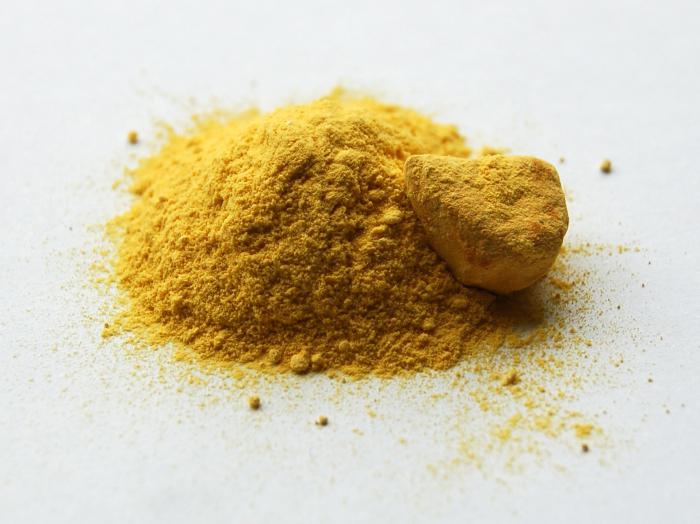
Practical value among the indicated substanceshave several connections. First, iron (II) chloride. This is the main supplier of ions to the human body, anemic patient. When such an ailment is diagnosed in a patient, then complex preparations based on the compound in question are prescribed for it. This is how iron deficiency is replenished in the body.
Secondly, iron sulfate, that is, sulfateiron (II), together with copper is used to destroy agricultural pests in crops. The method proves its effectiveness not for the first ten years, therefore it is very appreciated by gardeners and truck farmers.
The Mora salt
This compound, which is the crystal hydrate of ferrous sulfate and ammonium. Its formula is written as FeSO4* (NH4)2SO4* 6H2O. One of the compounds of iron (II), which has been widely used in practice. The main areas of human use are as follows.
- Pharmaceuticals.
- Scientific research and laboratory titrimetric analyzes (for determining the content of chromium, potassium permanganate, vanadium).
- Medicine - as an additive to food with a lack of iron in the patient's body.
- For the impregnation of wooden products, as Mohr's salt protects against decay processes.
There are other areas in which this substance finds application. Its name it received in honor of a German chemist who first discovered the manifested properties.
Substances with a degree of oxidation of iron (III)
Properties of iron compounds in which itshows a degree of oxidation +3, somewhat different from those considered above. Thus, the nature of the corresponding oxide and hydroxide is no longer basic, but pronounced amphoteric. Let's describe the main substances.
- Iron oxide (III). The powder is small-crystalline, red-brown in color. It does not dissolve in water, it exhibits weakly acidic properties, more amphoteric. Formula: Fe2O3.
- Ferric hydroxide (III). A substance precipitated by the action of alkalis on the corresponding iron salts. Its character is pronounced amphoteric, the color is brownish-brown. Formula: Fe (OH)3.
- Salts, which include the cation Fe3+. Such a set is distinguished, except for carbonate, since hydrolysis occurs and carbon dioxide is released. Examples of formulas for some salts: Fe (NO3)3, Fe2(SO4)3, FeCL3, FeBr3 and others.

Among the examples given, from a practical point of view, such an crystalline hydrate as FeCL3 *6H2O, or iron (III) hexahydrochloride. It is used in medicine to stop bleeding and replenish iron ions in the body with anemia.
Nine-iron ferric sulfate (III) is used to purify drinking water, as it behaves like a coagulant.
The compounds of iron (VI)
Formulas of chemical compounds of iron, where it exhibits a special degree of oxidation +6, can be written as follows:
- K2FeO4;
- Na2FeO4;
- MgFeO4 and others.
They all have a common name - ferrates - andhave similar properties (strong reducing agents). They are also capable of disinfecting and have a bactericidal effect. This allows them to be used for treatment of drinking water on an industrial scale.
Complex Connections
Very important in analytical chemistry and not onlyare special substances. Such that are formed in aqueous solutions of salts. These are complex iron compounds. The most popular and well-studied ones are as follows.
- Potassium hexacyanoferrate (II) K4[Fe (CN)6]. Another name for the compound is yellow blood salt. It is used for the qualitative determination of iron Fe in the solution3+. As a result of the action, the solution acquires a beautiful bright blue color, as another complex is formed - the Berlin Azure KFe3+[Fe2+(CN)6]. Since ancient times it has been used as a dye for fabric.
- Potassium hexacyanoferrate (III) K3[Fe (CN)6]. Another name is red blood salt. Used as a qualitative reagent for the determination of iron ion Fe2+. As a result, a blue precipitate is formed, called a turbo blue. Also used as a dye for fabric.

Iron in the composition of organic substances
Iron and its compounds, as we have already seen,have great practical importance in the economic life of man. However, in addition, his biological role in the body is no less great, even on the contrary.
There is one very important organica compound, a protein, into which this element belongs. This is hemoglobin. It is thanks to him that oxygen is transported and a uniform and timely gas exchange is carried out. Therefore, the role of iron in the vital process of breathing is simply enormous.
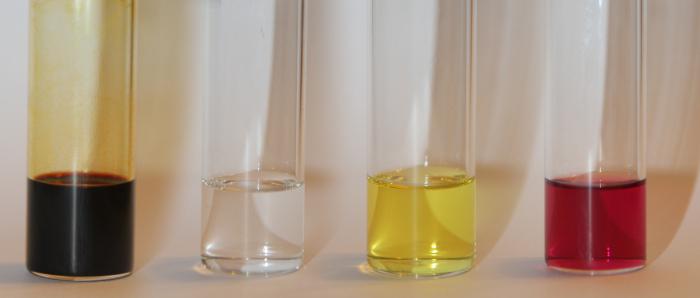
In total, about 4 grams of iron are contained within the human body, which must be constantly replenished by consuming food.



